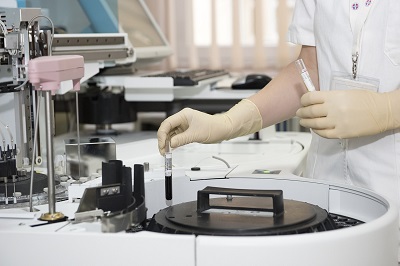Cost and Timeframe for D-Class Medical Device SFDA Registration
The process of registering a D-class medical device with the Saudi Food and Drug Authority (SFDA) involves both costs and timelines that can vary depending on several factors such as the type of device, the completeness of the application, and whether an inspection is required. Here is a breakdown of the expected costs and timeframes for handling D-class medical device registration in Saudi Arabia.
1. Cost of D-Class Medical Device SFDA Registration
The cost for D-class medical device registration with SFDA consists of several components:
a. Registration Fees
- The registration fees for medical devices vary based on their classification and other factors, including the complexity of the evaluation.
- D-Class Device Fees: For high-risk devices, the registration fees are typically higher compared to lower-risk devices (Class A, B, or C).
- Typical Range: Registration fees for D-class devices can range from SAR 10,000 to SAR 50,000 (approximately USD 2,600 to USD 13,300) or more, depending on the specifics of the device and the SFDA’s internal fee structure.
- Additional Costs: If additional documents or specific testing (e.g., clinical trials or inspections) are required, additional costs may apply.
b. Inspection and Audit Fees
- On-Site Inspections: If the SFDA requires an on-site inspection of the manufacturing facility (which is common for high-risk devices), there may be additional fees to cover inspection costs. These fees can vary depending on factors like travel expenses and the length of the inspection.
- Inspection Fees: These fees can range from SAR 5,000 to SAR 15,000 (approximately USD 1,300 to USD 4,000) or higher depending on the device and the complexity of the review.
c. Fees for Post-Market Surveillance
- Post-market surveillance, including adverse event reporting, renewal fees, and any modifications to the registration, will also incur additional costs. Renewal typically occurs annually and requires payment of a fee, which could be similar to the original registration fee.
d. Local Authorized Representative Fees (If Applicable)
- Local Representative Fees: If you are a foreign manufacturer, you will need to appoint a local representative. The fees for hiring a local representative can vary based on their scope of services, typically ranging from SAR 20,000 to SAR 50,000 per year (approximately USD 5,300 to USD 13,300).
2. Timeframe for D-Class Medical Device SFDA Registration
The time required to complete the registration of a D-class medical device with the SFDA can vary depending on the complexity of the device, the completeness of the application, and any required additional steps (e.g., inspections, clinical data reviews).
a. Initial Evaluation and Review
- Typical Timeline: The initial evaluation process, where the SFDA reviews your application and documents, typically takes 3 to 6 months for high-risk devices (D-class).
- Factors Affecting Timeline:
- Completeness of the submitted documents (e.g., clinical data, risk management files).
- If additional documentation or clarification is requested by the SFDA.
- The need for an on-site inspection or audits of the manufacturing facility.
b. On-Site Inspections and Audits
- If the SFDA requires an on-site inspection or audit of the manufacturing facility, this can add additional time to the registration process. Inspections may take several weeks to arrange and conduct, depending on the availability of the SFDA inspection team and the location of the manufacturing site.
- Estimated Delay: On-site inspections could delay the registration process by 2 to 4 months or longer, depending on the circumstances.
c. Total Registration Timeframe
- The total time for handling D-class medical device registration typically ranges from 6 to 12 months, depending on the following:
- Efficiency of the submission (completeness and accuracy of documentation).
- Whether additional documents, inspections, or testing are needed.
- The responsiveness of the SFDA to any follow-up inquiries or requests for clarification.
3. Factors That Can Affect Cost and Timeframe
Several factors may influence both the cost and timeframe for D-class medical device registration with SFDA:
a. Device Complexity
- The more complex the device (e.g., high-technology or innovative devices), the more detailed the documentation required, which can increase both costs and the time needed for evaluation.
b. Clinical Data
- If the device is novel or has significant risks, the SFDA may require extensive clinical data to demonstrate its safety and efficacy. This could extend the review time, especially if the clinical trial data or studies need to be verified or further analyzed.
c. Inspection Requirements
- Devices that are considered particularly high-risk may trigger a mandatory on-site inspection of the manufacturing site. This inspection can significantly increase both the time and cost required for registration.
d. Quality Management Systems (QMS)
- Devices from manufacturers who already have a well-established ISO 13485 QMS and other international certifications may benefit from a faster evaluation process, as these systems demonstrate compliance with recognized quality standards.
e. Local Representative Fees
- If you require a local representative (for foreign manufacturers), this will add to the overall cost, and the level of service provided by the local representative can affect the smoothness of the registration process.

Contact Us:
Whatsapp or Wechat:+86 15816864648;email address:hito.lin@grzan.cn
.png)
.jpg)

.png)

.png)